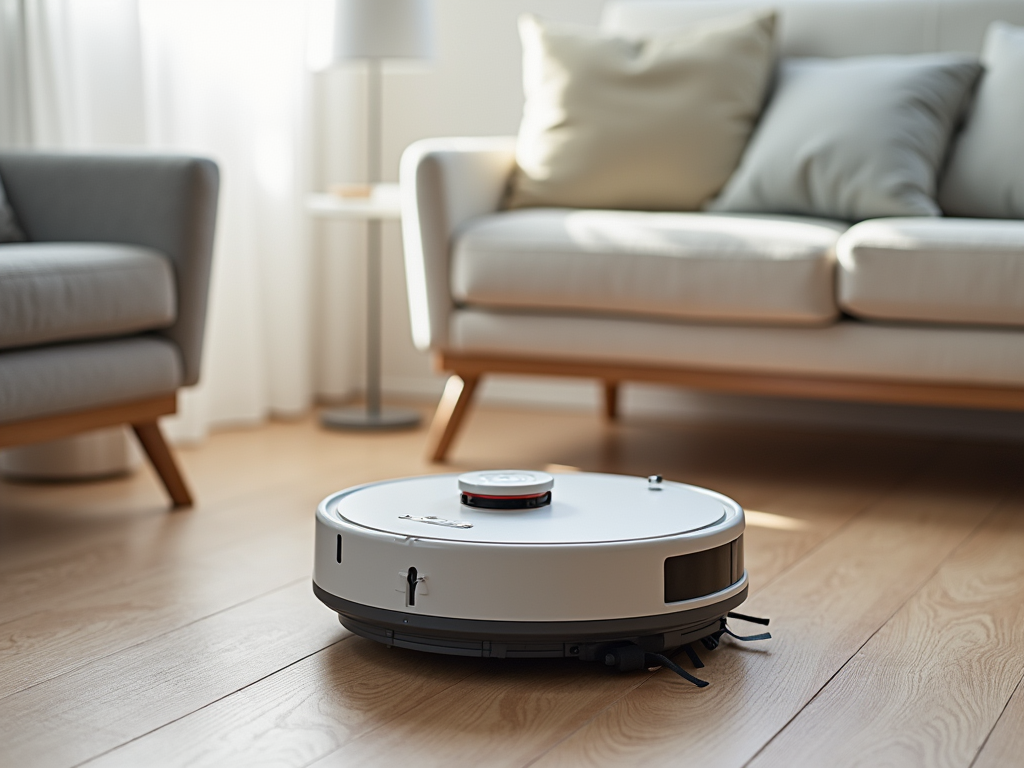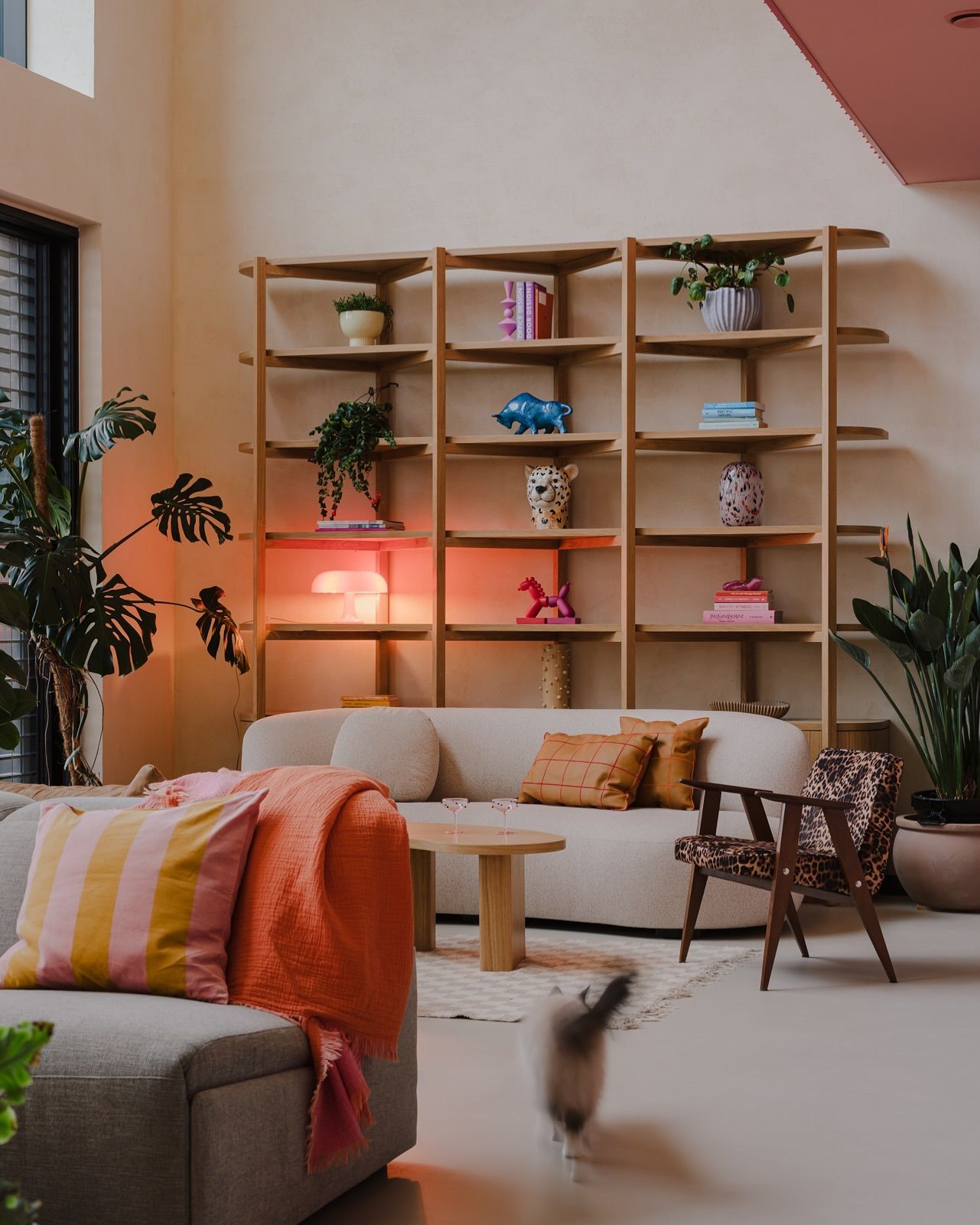Discover Robotic Vacuums
Spoken matches robotic vacuums across 100s of stores to find you the best price.



Quick facts
Can't find the answer you're looking for? Please get in touch with our friendly team.
How long do robot vacuums last?
Robot vacuums typically last between 3 to 5 years, depending on the brand and usage. Regular maintenance, such as cleaning filters and brushes, can extend their lifespan. Some high-end models may last longer with proper care.
Are any robot vacuums actually good?
Yes, some robot vacuums are quite effective. Brands like iRobot Roomba and Roborock offer models with strong suction, smart navigation, and compatibility with home decor styles. They can efficiently clean various floor types, making them a practical choice for maintaining a tidy home environment.
What is the top rated robot vacuum?
The top-rated robot vacuum is often the iRobot Roomba s9+. It excels in suction power, navigation, and smart mapping. It effectively cleans various surfaces and has a self-emptying feature, making it convenient for regular use in homes with pets or heavy foot traffic.
What are the negatives of robot vacuums?
Robot vacuums can struggle with high-pile carpets and may miss corners or edges. They often have smaller dust bins, requiring frequent emptying. Additionally, they can be noisy and might not effectively clean larger debris compared to traditional vacuums.
Category Overview
Introduction
Robotic vacuums have transformed the way we maintain cleanliness in our homes, offering a blend of convenience and efficiency that fits seamlessly into modern lifestyles. These automated devices not only reduce the burden of regular cleaning but also enhance your everyday comfort by allowing you to spend more time relaxing rather than vacuuming. Picture returning home to clean floors after a long day, where the hum of the robotic vacuum quietly works in the background, providing you with a pristine living environment without interfering with your daily routine.
Functionality
The primary function of robotic vacuums is simple yet impactful: they autonomously navigate your home, sucking up dirt, dust, and debris from various surfaces. Whether you place them in your living room for quick touch-ups or let them roam through the dining area post-meal, these smart machines adapt to different environments effortlessly. Many models feature advanced technologies—like mapping capabilities and scheduling functions—allowing them to efficiently cover every inch of your floor while avoiding obstacles like chairs or low cabinets. Unique features such as self-emptying bins and compatibility with smart home systems elevate their utility even further.
Design & Style
Robotic vacuums come in various styles that can complement any home decor theme. Typically crafted from durable plastics with sleek finishes, they are designed for minimalism—not overshadowing your aesthetic but blending into it instead. You can find designs that resonate with mid-century modern vibes or chic minimalist aesthetics; some even come in unique colors to match specific palettes. Unlike traditional cleaning devices that may be bulky or unattractive, these elegant gadgets are compact enough to slide under furniture without disrupting overall decor—acting as both functional tools and stylish additions.
Practical Considerations
When selecting a robotic vacuum, consider factors such as the size of your rooms and flooring types (carpet vs. hardwood). If you have pets or high foot traffic areas, opt for models known for their strong suction power and durability since they need to handle more significant debris loads effectively. Additionally, avoid common mistakes like overlooking battery life; longer-lasting batteries can mean less frequent charging interruptions during cleaning cycles. Remember to evaluate the design preferences that suit your home's aesthetic—whether you're drawn to sleek minimalism or vibrant colors.
Comparison and Alternatives
When weighing options between materials like plastic vs. metal for robotic vacuums, consider ease of upkeep against sturdiness; while metal might offer durability, plastic is generally lighter and easier to maneuver around furniture legs when needed. Shape also matters—round vacuums often navigate better around corners whereas rectangular ones may provide better edge cleaning on straight walls or tight spaces like under cabinets or near shelves.
Trends and Popular Items
Current trends show a growing preference for multifunctional robotic vacuums equipped with mopping capabilities alongside traditional vacuuming features—a must-have if you're aiming for an all-in-one cleanliness solution that tackles spills as well as dirt! Additionally, eco-friendly models made from recycled materials are gaining popularity among environmentally conscious consumers who want their cleaning devices to reflect their values without sacrificing efficiency. In conclusion, investing in a robotic vacuum can dramatically simplify cleaning routines while adding flair to your home’s functionality—all while letting you focus on what truly matters: enjoying life within your beautifully maintained space.